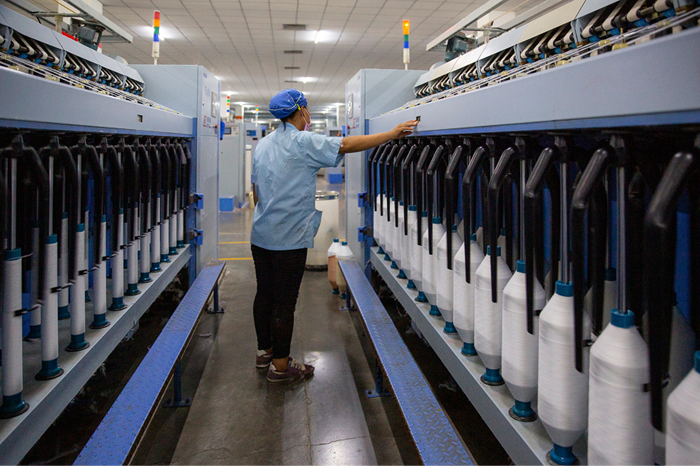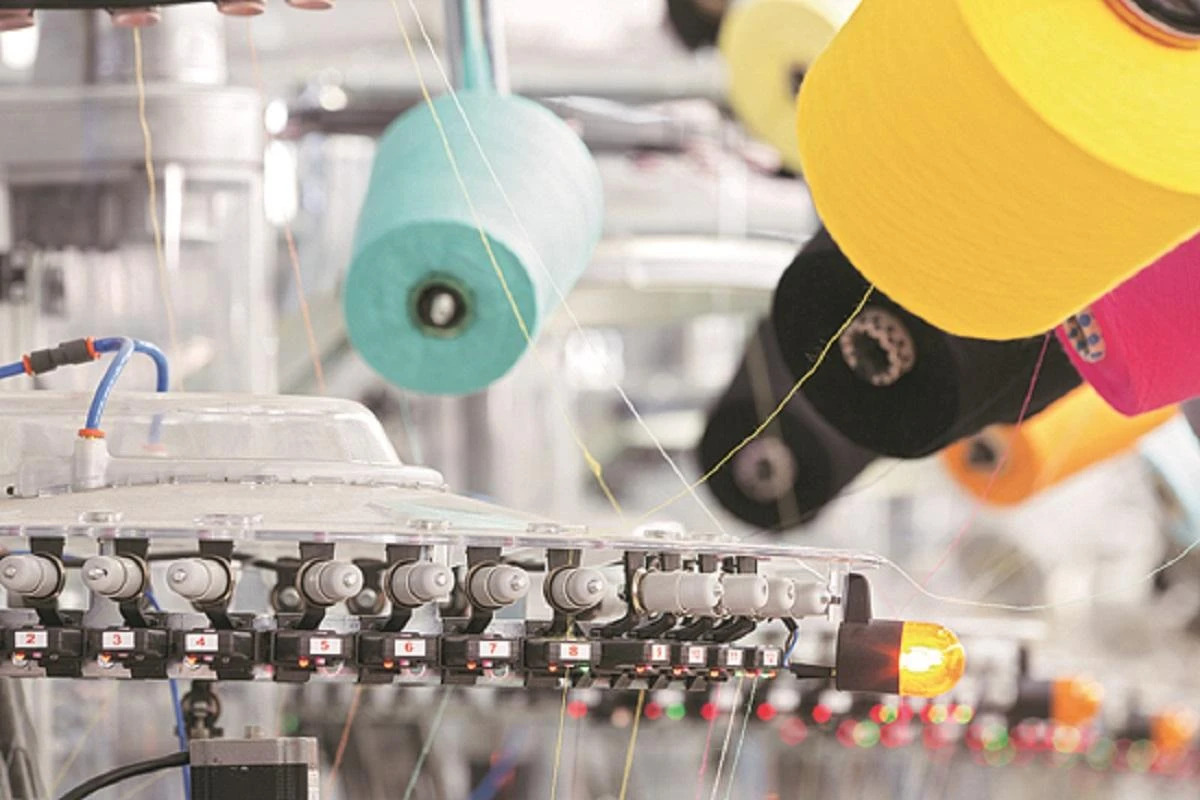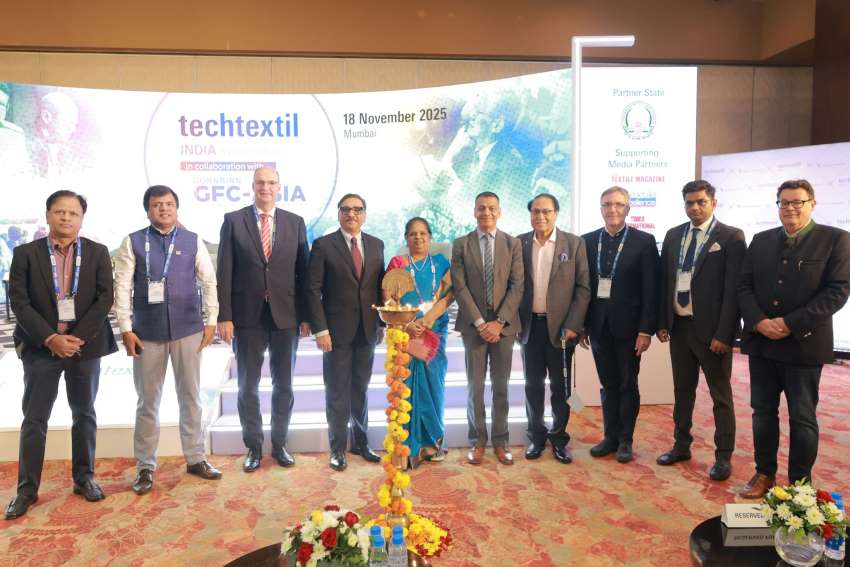"Undoubtedly, an industry’s consumer number in the billions is bound to have a significant environmental impact. In the run-up to last December’s UN Climate Conference, seven top fashion brands released a joint statement detailing their concerns for a warming world. Not only was climate change grave news for the planet, it was potentially awful for the bottom line."

A clothing company has to have a sustainability strategy that actually works. The question is whether or not there’s a way to truly produce clothing right. The textiles and apparel industry, accounts for 10 per cent of global carbon emissions. Producing a single ton of fabric can require up to 200 tons of water. The first ingredient in polyester is petroleum. Any way you spin it, apparel’s impact on the planet is less than ideal.

have Undoubtedly, an industry’s consumer number in the billions is bound to a significant environmental impact. In the run-up to last December’s UN Climate Conference, seven top fashion brands released a joint statement detailing their concerns for a warming world. Not only was climate change grave news for the planet, it was potentially awful for the bottom line. While not offering any new pledges , the declaration did momentarily swivel eyeballs on the industry’s commitments to - and awareness of - the problem at hand. Levi Strauss & Co., for example, a signatory to the declaration, reaffirmed its 2012 pledge to cut emissions by 25 per cent by 2020. And the company is indeed on target to meet its goal.
Sustainable initiatives
Given the scale of the apparel industry’s supply chains, tensions among green washing, true climate action and ‘better-than-nothing’ argument demand more than a mere attention. Patagonia, the outdoor clothing brand long recognized as a leader of sustainability initiatives in the field, is a staunch proponent of private sector climate action. Sitting on a panel in Paris in December, Patagonia CEO Rose Marcario argued that they are moving faster than a lot of governments.
Of course, the company still makes huge amount of clothing and is far from carbon neutral. The winking ‘Don’t Buy This Jacket’ campaign predictably resulted in the purchase of more than a few jackets. Indeed, the company is seeing double-digit annual growth. Under its ‘1 Per cent For the Planet’ initiative, the company donates 1 per cent of net sales to non-profit environmental organizations each fiscal year.
A company has to have a sustainability strategy that actually works. The question is whether or not there’s a way to truly produce clothing right. Maybe that means carbon neutrality, or perhaps the elimination of commodity-driven deforestation. Or maybe there’s just a central contradiction in trying to fix the problem of there being too much stuff by making more stuff. You can see how this quickly devolves into an argument for nudity.
Patagonia does think critically about the agricultural practices it supports and the production standards it employs. Several of Patagonia’s sustainability-minded trends - a plant-based (as opposed to petroleum-based) Wetsuit, for example - have gone on to be adopted by bigger players in the industry.
The longevity factor
According to Tom Cridland, founder of an eponymous fashion brand, most of the solutions to the industry’s environmental problems boil down to longevity. The brand’s flagship product, the 30 Year Sweatshirt, is billed as, well, exactly what the name implies. Wardrobe staples shouldn’t be made systematically to fall apart, feels Cridland.
Certainly, there are some fairly obvious things you can do as a maker of apparel to improve the environmental impact of your supply chains and several of them encompass more than the concept of longevity. One can recognize that supply chain extends further back than the factory. You can opt for non-petroleum based, organic fibers, such that soil can sequester carbon. If you’re going to use pesticides, use the right ones. Reward countries with strong forestry policies. Be conscious of the energy mix of the country in which your mills and factories are based, and power your factories with renewable energy wherever you can. Partner with shipping companies that use eco-friendly fuels. Avoid air transport. Become a Benefit Corporation. Reuse your cooling water, recover heat from your hot water, and improve the boiler efficiency of your mills. Build your clothing to last.
And companies like Patagonia are doing many of these things. It’s a sentiment echoed by another recent entrant to the sustainable fashion space. Zady, an online fashion brand dedicated to greening its supply chains, argues for the same existential justification. Zady CEO Maxine Bédat argues that the fashion angle allows the message to reach consumers that might not already be thinking about these issues.
Fashion, especially trend-centric fashion, has been relatively slow to embrace real sustainability initiatives. As Bédat explained, the reason it has taken a long time for the apparel industry to understand the connection between itself and climate change - and other issues related to Sustainable Development Goals more generally - is that it’s complicated. It’s not as simple as how much fuel you’re using in your cars or airplanes. As a consequence, consumers simply haven’t been exposed to the same simple messaging as, say, that which comes with remembering to turn off the lights when you leave a room.












